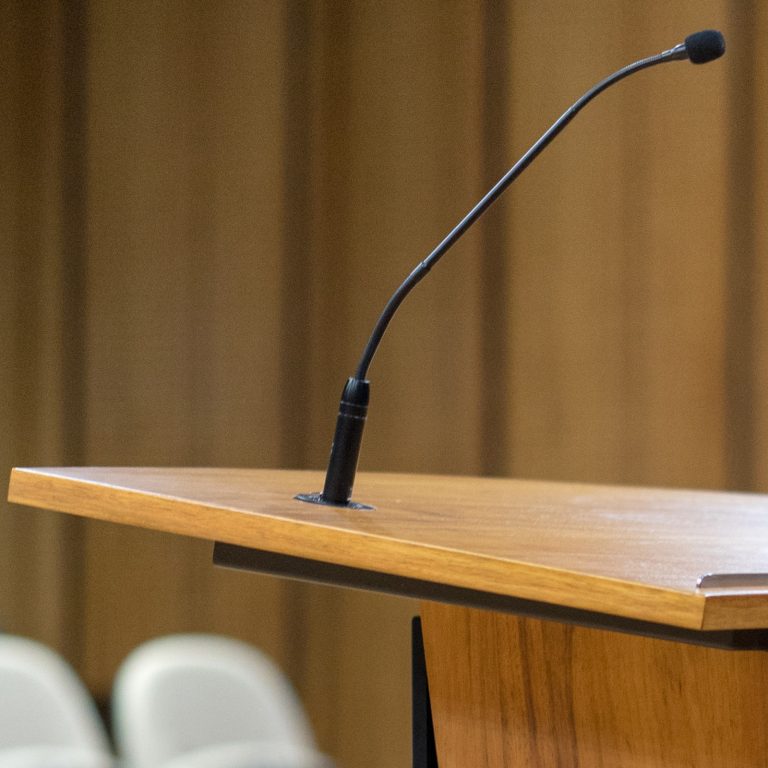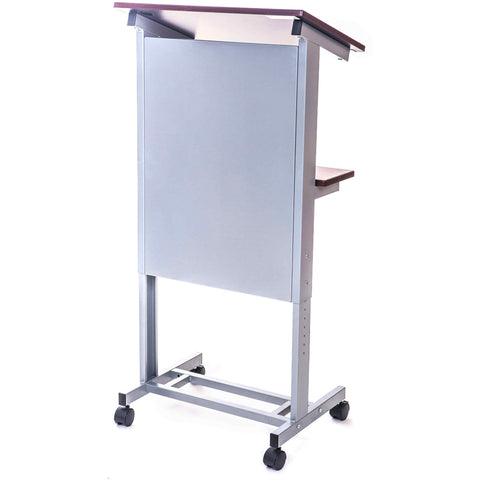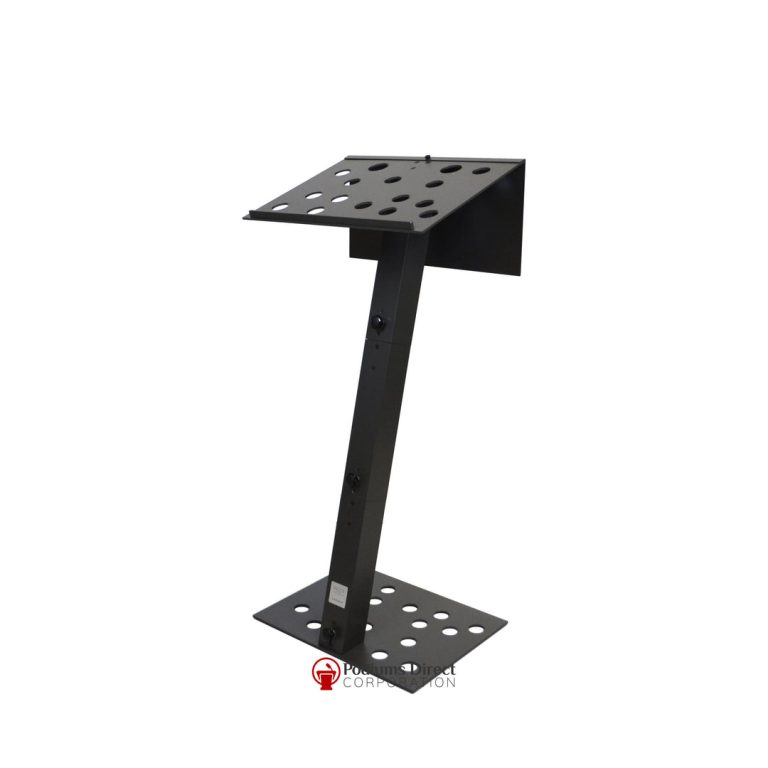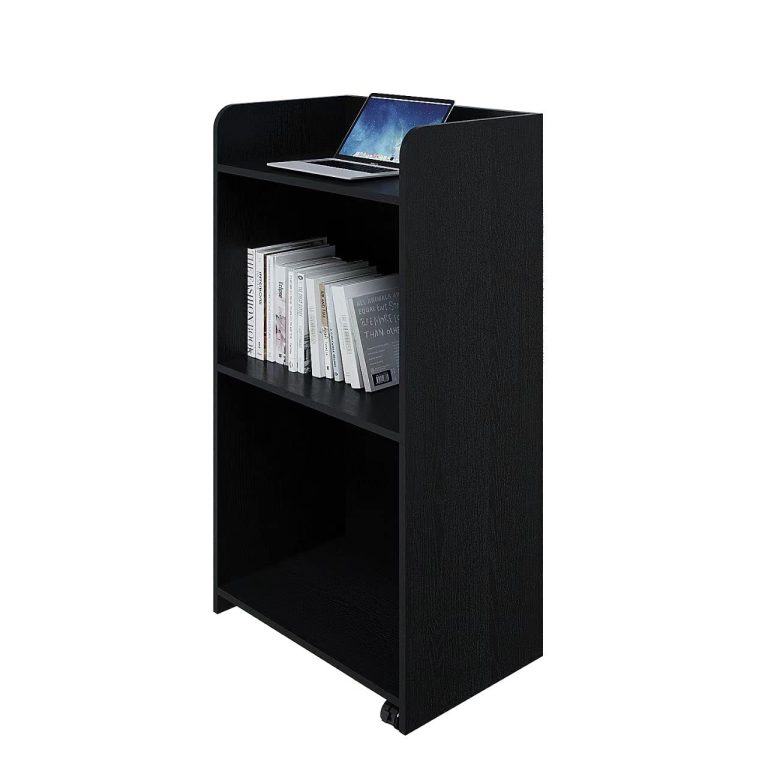Why is Stagecraft Important for Speakers
Stagecraft is important for speakers because it enhances their presence and engages the audience. It adds visual appeal, assists in conveying messages effectively, and ensures the speaker’s professionalism.
Without stagecraft, speakers may struggle to captivate and hold the audience’s attention, hindering the effectiveness of their presentation. When speakers use stagecraft, they can convey their ideas more clearly, connect with the audience on a deeper level, and make their message memorable.
The use of props, lighting, sound, and visual aids can create a dynamic and immersive experience, enhancing the speaker’s credibility and the overall impact of their delivery. Whether it’s through body language, vocal modulation, or multimedia elements, stagecraft enables speakers to deliver their message with confidence and influence, making it a crucial aspect of successful public speaking. With proper stagecraft, speakers can leave a lasting impression on their audience and achieve their communication goals.

Credit: www.seattletimes.com
Importance Of Stagecraft
Stagecraft plays a vital role in the success of any public speaking engagement. It goes beyond just the words spoken and encompasses the visual and auditory aspects of a presentation. Effective stagecraft enhances communication, captivates and engages the audience, and leaves a lasting impression. Let’s delve deeper into these key reasons why stagecraft is important for speakers.
Enhances Communication
Stagecraft enhances communication by creating a visually and audibly stimulating environment for the audience.
The strategic use of props, lighting, and audio-visual aids can help deliver the speaker’s message more effectively. By employing well-placed visuals and props, speakers can convey complex concepts in a simpler and more concise manner.
Furthermore, stagecraft allows speakers to control their body language and gestures, making their message clearer and more impactful. A confident and well-rehearsed speaker can use their physical presence to reinforce their words and establish a stronger connection with the audience.
Captivates And Engages The Audience
Good stagecraft captivates and engages the audience, making them more receptive to the speaker’s message.
By utilizing dynamic stage movements, eye contact, and vocal techniques, speakers can create a sense of connection and intimacy with their audience. These actions help build trust and make the audience feel involved in the presentation.
Moreover, the strategic use of storytelling, humor, or interactive elements can further captivate the audience’s attention. A well-crafted presentation that uses stagecraft effectively will keep the audience actively engaged throughout, increasing their receptiveness to the speaker’s message.
It’s important to note that stagecraft should complement the speaker’s content rather than overshadow it. The key is to strike a balance that enhances the presentation without becoming a distraction.
Conclusion
Stagecraft is an essential aspect of public speaking that should not be overlooked. By utilizing the power of stagecraft, speakers can effectively communicate their message, captivate their audience, and leave a lasting impact. So, whether you’re delivering a keynote address, conducting a workshop, or giving a sales pitch, remember that stagecraft can be the key to delivering a memorable and impactful presentation.

Credit: m.youtube.com
Key Elements Of Stagecraft
Stagecraft refers to the art of captivating an audience through effective presentation and engagement techniques. It plays a crucial role in enhancing the impact and reception of speakers’ messages. By employing various elements of stagecraft, speakers can effectively convey their ideas, connect with their audience, and leave a lasting impression. In this blog post, we will explore three key elements of stagecraft: body language and gestures, voice projection and modulation, and the effective use of props and visual aids.
Body Language And Gestures
Speaking is not just about the words, but also about how they are delivered. Body language and gestures form a significant part of stagecraft. These non-verbal cues can help speakers emphasize key points, express confidence, and effectively engage their audience. When speaking, it is important to maintain an upright posture, make eye contact, and use appropriate hand and body gestures to reinforce the message. These actions help to create a connection with the audience and make the speaker’s presentation more captivating.
Voice Projection And Modulation
The way a speaker projects their voice and modulates its tone and volume can greatly impact the overall impact of their message. Voice projection ensures that the speaker’s voice reaches the entire audience, irrespective of the size of the venue. On the other hand, voice modulation involves changing the pitch, pace, and emphasis within the speech to evoke different emotions and maintain the audience’s interest. By employing variations in volume and tone, speakers can effectively convey excitement, emphasize important points, and maintain the interest and engagement of their listeners.
Effective Use Of Props And Visual Aids
Props and visual aids can enhance a speaker’s message by providing visual support and reinforcing the information being communicated. By using carefully selected props and visual aids, speakers can make complex concepts more accessible and increase audience understanding. Props can be used to demonstrate examples or illustrate specific points, while visual aids such as slides or videos can provide additional context and create a visual impact. However, it is essential to ensure that the props and visual aids are relevant, well-prepared, and properly integrated into the presentation to avoid distractions and maintain focus on the speaker’s message.
Techniques For Effective Stagecraft
When it comes to delivering a compelling speech or presentation, effective stagecraft plays a crucial role. Stagecraft encompasses various techniques and skills that help speakers captivate their audience, hold their attention, and leave a lasting impression. In this section, we will explore three essential techniques for mastering stagecraft: rehearsing and memorizing, mastering timing and pacing, and creating a strong presence. By understanding and implementing these techniques, speakers can elevate their performance and create a truly engaging experience for their audience.
Rehearsing And Memorizing
Rehearsing is the foundation of any successful onstage performance. It allows speakers to refine their content, smooth out any rough edges, and build confidence. To make the most of rehearsal time, speakers should:
- Practice their speech multiple times, aiming for a natural and conversational delivery.
- Pay attention to their body language, gestures, and facial expressions, ensuring they align with the message they want to convey.
- Use visual aids or props effectively, rehearsing their usage to enhance the audience’s understanding and engagement.
- Mentally visualize the performance, imagining themselves delivering a flawless presentation.
- Memorize key points or important sections of their speech, allowing for fluid delivery without relying too heavily on notes.
Mastering Timing And Pacing
Timing and pacing are critical components of stagecraft that help keep the audience engaged and interested throughout the presentation. Here are some techniques to master timing and pacing:
- Pay attention to the speed at which you speak, ensuring it is neither too fast nor too slow for the audience to follow.
- Pause strategically to emphasize key points or allow the audience to absorb important information.
- Vary your delivery speed and tone to add emphasis and maintain interest.
- Time your speech to ensure it fits within the allocated duration, allowing for a smooth transition between sections.
- Practice transitions between different parts of the speech, ensuring they are seamless and well-timed.
Creating A Strong Presence
A strong stage presence establishes credibility, captures attention, and enhances the overall impact of a speech. Here are some techniques to create a strong presence:
- Project confidence through body language, standing tall, making eye contact, and using gestures purposefully.
- Connect with the audience on an emotional level, showing empathy and enthusiasm for the topic.
- Use vocal variety to convey emotions, emphasizing important points and adding depth to the delivery.
- Utilize the stage space effectively, moving with purpose and using different areas to engage different parts of the audience.
- Be authentic and genuine, allowing your personality to shine through and connect with the audience.
Stagecraft Mistakes To Avoid
When it comes to delivering a powerful and engaging presentation, stagecraft plays a crucial role. The way a speaker presents themselves on stage can greatly impact the overall effectiveness of their message. It is essential to avoid certain stagecraft mistakes that can detract from the speaker’s credibility and connection with the audience. In this section, we will discuss three common stagecraft mistakes that speakers should be aware of and avoid:
Lack Of Preparation
One of the most significant stagecraft mistakes a speaker can make is a lack of preparation. Without adequate preparation, a speaker may stumble over their words, forget important points, or appear disorganized and unprofessional. It is important to dedicate time to research, outline, and rehearse the presentation thoroughly.
Overuse Or Inappropriate Use Of Gestures
Gestures can be powerful tools to enhance a speaker’s message, but they should be used thoughtfully and appropriately. Overusing gestures can distract the audience and make the speaker appear nervous or unconfident. On the other hand, neglecting gestures can make the presentation feel monotonous. Speakers should practice using gestures that complement their words and help convey their message effectively.
Ignoring The Set And Environment
The set and environment in which a speaker delivers their presentation can greatly impact the audience’s perception of them. Ignoring the set and environment can lead to distractions and a lack of connection with the audience. Speakers should pay attention to the stage setup, lighting, and any props or visuals that accompany their presentation. Creating a visually appealing and appropriate environment can enhance the overall impact of the speech.

Credit: www.facebook.com
Frequently Asked Questions For Why Is Stagecraft Important For Speakers
Why Is Stagecraft So Important?
Stagecraft is important as it enhances performances by creating a visually appealing atmosphere. It includes set design, lighting, sound, and props, which help to bring a production to life. Effective stagecraft engages the audience and supports the storyline, making for a more immersive and memorable experience.
What Is Stagecraft In Music Performance?
Stagecraft in music performance refers to the art of creating a visually captivating and engaging experience for the audience. It involves the use of lighting, props, set design, costumes, and choreography to enhance the overall artistic expression of the musicians on stage.
What Is Stagecraft In Plays?
Stagecraft in plays refers to the technical aspects of production, including lighting, set design, and sound. It enhances the storytelling and creates the mood and atmosphere of the play. Stagecraft encompasses all the behind-the-scenes elements that bring a theatrical production to life.
What Is Stagecraft Knowledge And Skills Required To Create The Physical Aspects Of A Production?
Stagecraft knowledge and skills are essential for creating the physical aspects of a production. It involves understanding set design, lighting, sound, props, and costumes to bring a play or performance to life. With stagecraft expertise, a production can deliver a visually stunning and immersive experience for the audience.
Why Is Stagecraft Important For Speakers?
Stagecraft is important for speakers as it enhances their presence, engages the audience, and improves the delivery of their message.
Conclusion
The importance of stagecraft for speakers cannot be overstated. Effective stagecraft enhances the speaker’s presence, captivates the audience, and elevates the overall impact of the message. By utilizing body language, voice modulation, and visual aids, speakers can create a powerful connection with their listeners and leave a lasting impression.
So, whether it’s a TED talk, a business presentation, or a public speaking engagement, mastering stagecraft is essential for delivering a memorable and impactful speech.





